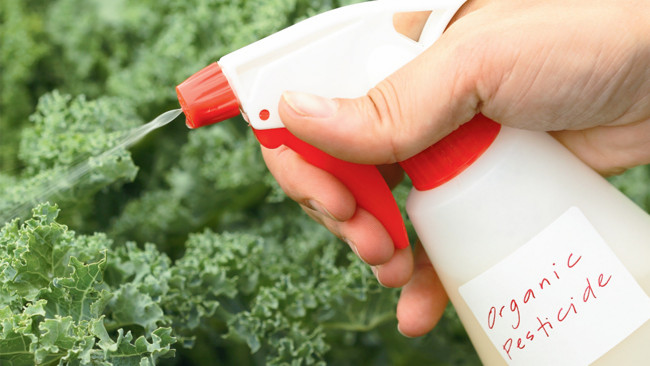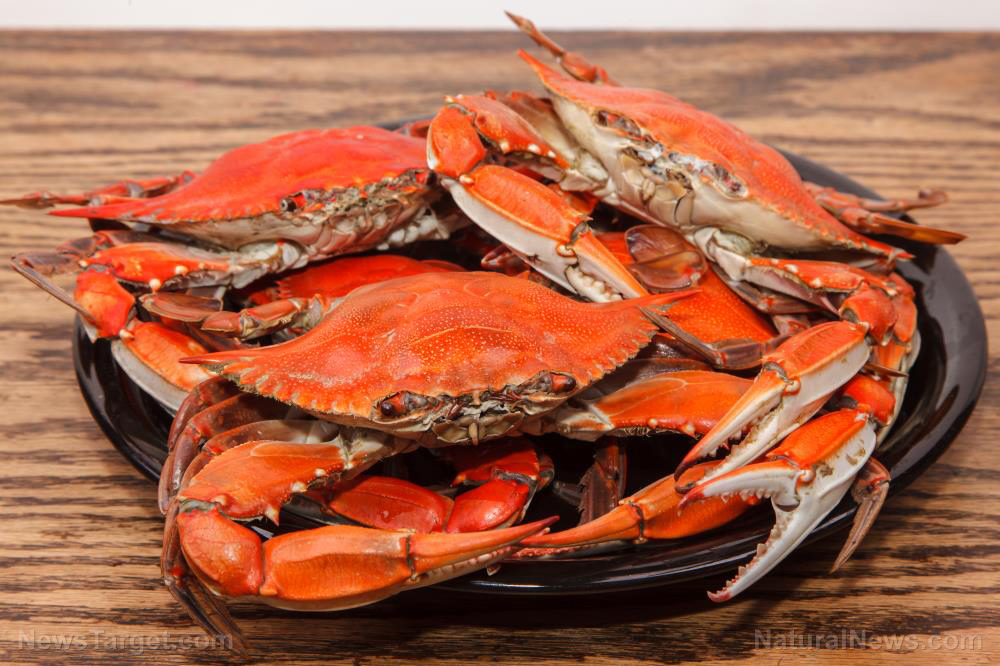
Advertisement
(Homesteading.news) One of the biggest challenges that organic gardeners have long faced is invasive pests, which as you may well know tend to target food crops that have not been treated with toxic pesticides. But maintaining a truly organic garden is not an impossible task, especially if you are willing to take the time to employ some tried and true methods of deterring pests without chemicals.
One of the most obvious, but often overlooked, ways of protecting your food crops from pests involves 1) covering them with a protective layer of fabric. Organic Gardening magazine recommends using floating row covers that are propped up over crops to prevent birds, squirrels, aphids, caterpillars, moths, beetles, worms, and other invasive species from damaging plants and stealing their fruit.
“This translucent, white, porous polyester fabric acts as an insect barrier, while letting in up to 80 percent of the available light,” explains Organic Gardening. “The material is sold by the yard, generally in rolls 4 to 8 feet wide. You cut it to the length you need, then drape it over metal hoops, attach it to wooden supporting frames, wrap it around wire tomato cages, or simply lay it directly on your crops like a blanket.”
Another effective way of ridding your organic plants of unwanted pests is to 2) release bug-eating ladybugs in your garden. Ladybugs have an affinity for insects of all types, and function as a type of natural, living pesticide that is free of harmful chemicals. A single ladybug, according to available data, is capable of eating up to 5,000 aphids during its lifetime, not to mention all sorts of other mites, bugs, and insects.

“Ladybugs, also called lady beetles or ladybirds, dine heartily on pests in flowerbeds and vegetable gardens yet never damage the plants, and the larvae are hungrier than the adults,” explains a Reader’s Digest report on ladybugs and gardening. “But don’t expect them to be a cure-all: ladybugs’ appetites are limited primarily to aphids, mealybugs, spider mites, scale, thrips, and whiteflies.”
Target more difficult pests with sticky traps, all-natural insect sprays
So what do you do for all those other invasive pests? 3) Sticky traps may be another effective option, as they attract certain bug species with special colors, only to trap and kill them. Sticky traps can be purchased from garden supply stores or made at home using simple materials like wood, paper, spray paint, a sticky adhesive substance, and plastic wrap. Organic Gardening has more information about which colors attract which bugs on its website:
//www.organicgardening.com
- If it’s ‘all-natural,’ you’ll find it here – Shop now!
You can also 4) make your own all-purpose insect spray to detract invasive pests from your garden. Most non-toxic recipes contain spicy substances like garlic oil and hot pepper as their active ingredients, and may also contain other ingredients like non-toxic dish soap, glycerin, and essential oils. Here is one useful recipe that you may wish to try on your own garden:
//www.organicgardening.com
Though harmful when artificially inserted into food crops using genetic engineering (GE), 5) the soil-based bacterium Bacillus thuringiensis, or Bt, is another natural solution that can help kill unwanted pests when they have already invaded your garden. There are many different types of Bt in existence, so you will need to first identify the specific pest problem you are experiencing and purchase the appropriate type of Bt to deal with it.
“As soon as you spot the pest larvae, thoroughly coat the affected plants with the spray or dust,” explains Organic Gardening. “Only spray it when you know you have a pest problem, and only spray the pest-infested plants.”
To learn more, be sure to check out this thorough list of organic pest control methods published by Organic Gardening:
//www.organicgardening.com.
Reporting by Jonathan Benson, NaturalNews.com.
More:
- Natural DIY pest control measures for your garden
- Convert your garden to organic in just three years
- Want better yields in the garden? Look to the heavens (well, the moon, anyway)
Homesteading.news is part of the USA Features Media network. Check out our daily headlines here.
Submit a correction >>
Advertisement
Advertisements
















